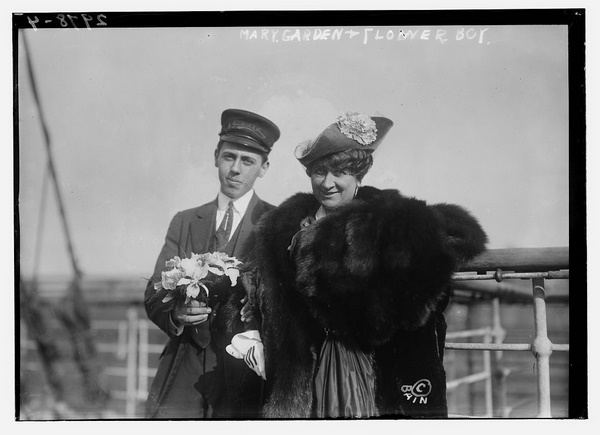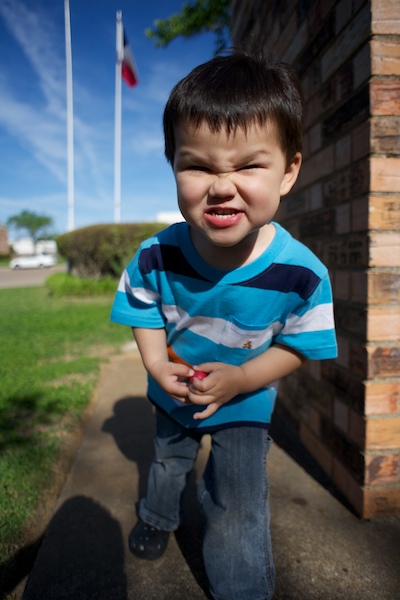
At first glance, the title about antique portraits does not seem to fit at all with the photo above of my boy…but it does…at least to me. Not that anybody is actually going to think this photo is antique, but there is some characteristic here that clicked on in my head as soon as I saw this photo on the back of my camera.
I could try to explain all day exactly what I am talking about, but here are some examples, gleaned from the Library of Congress’s Flickr page:
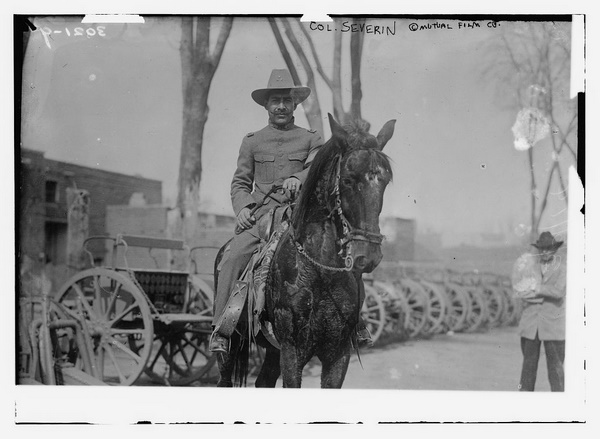
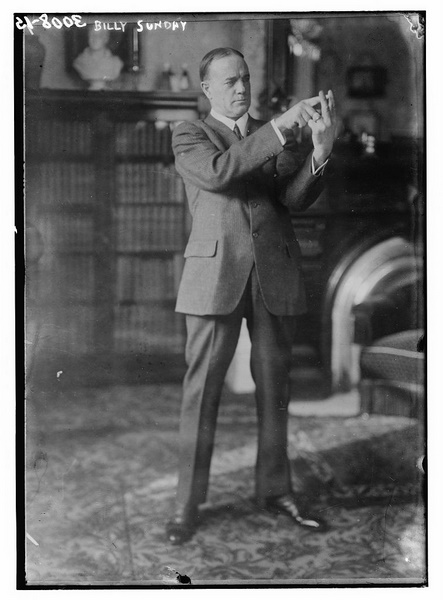
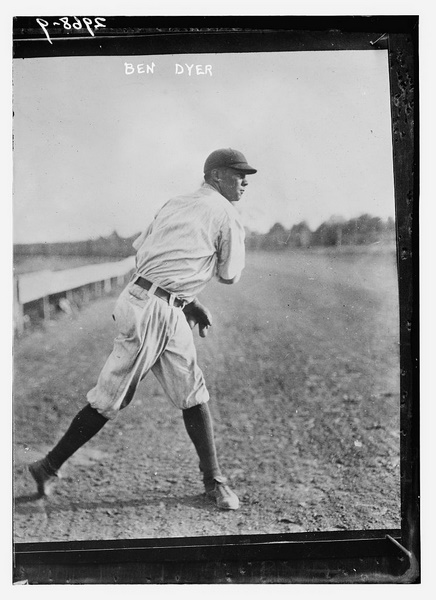
I have long dreamt of taking portraits in an older style, and when I say “older”, I mean 1800s or early 1900s, as you can see. What I am really thinking about is not black and white, not the indistinguishable cursive handwriting on the photo, nor the damaged edges. I am talking about the perspective, a particular combination of lens, film format (size), aperture, and such.
I love the feel of these old portraits. It is more than just a shallow depth-of-field, though that is part of what I am aiming for. Somehow, modern super-fast primes just have a look, and that is not the look I am going for. Modern lenses are just too nice, if you know what I mean: low distortion, low coma, low lens flare, no light fall-ff, beautiful bokeh, and all that other forum talk. That is great and all, but there is something else to these photos.
I learned a lot watching a great interview with David Burnett, a photojournalist who stocks anything but the typical, cutting-edge photojournalist’s bag. He does assignments with everything from his Canon 5D (the original), to the Holga, to the Speed Graphic, to the Mamiya 6. He does not use this gear just to be different or eccentric, but simply because he cannot achieve the photos he wants with anything else. And if you take even a quick look through his photos, you will see that no amount of editing can turn your modern SLR photos into those. It is the choice of gear which allows those photos to be made just so.
Some of the distortion or strangely bent depth-of-field in these antique photos comes from a tilted focal plane. Meaning, instead of being parallel to the film/sensor, the lens is tilted or uneven (whatever word you want to use). Tilt-shift lenses can achieve this, but back in the day, many of these cameras used a bellows, which could be tilted, thus making every lens “tilt-able”. And indeed, David Burnett mentions in that interview that he also uses some of Canon’s tilt-shift lenses on the 5D.
To bring this all back around, I think the quality that hit me with the photo of my boy up top is a combination of a wide angle lens (24mm) with the aperture wide open. I like the slight distortion of the body, with the feet not exactly looking like they match the proportions of the head, kind of like looking at Michelangelo’s David eye level–it is made to be viewed from the foot level, by the way, and eye level would make the head look all bulged. That effect is exaggerated with my boy leaning toward the camera, but even without the lean, it feels slightly off, thus giving it a bit of that feel I am looking for. I have never really felt that in my photos till I was able to to wide angle with a relatively wide open lens, like a 24mm on a full frame camera, though I can bring it out with a 35mm as well.
I am not talking rocket science here, and I certainly am not impressing anybody with my borderline senseless babble. Thankfully, though, I do not write all this for the appreciation of the internet masses (as if masses actually read this). I keep up this blog for one primary reason: it is the impetus to continue to think about my photography, to go out and produce photos, to experiment with a look or feel to a photo, to embarrass myself by posting it online, then out of shame to go out and try again. This is my laboratory journal.
